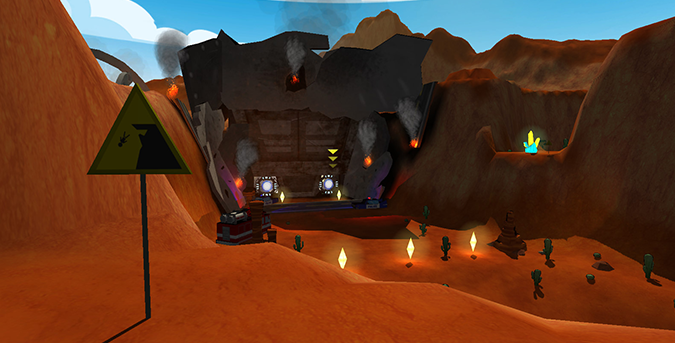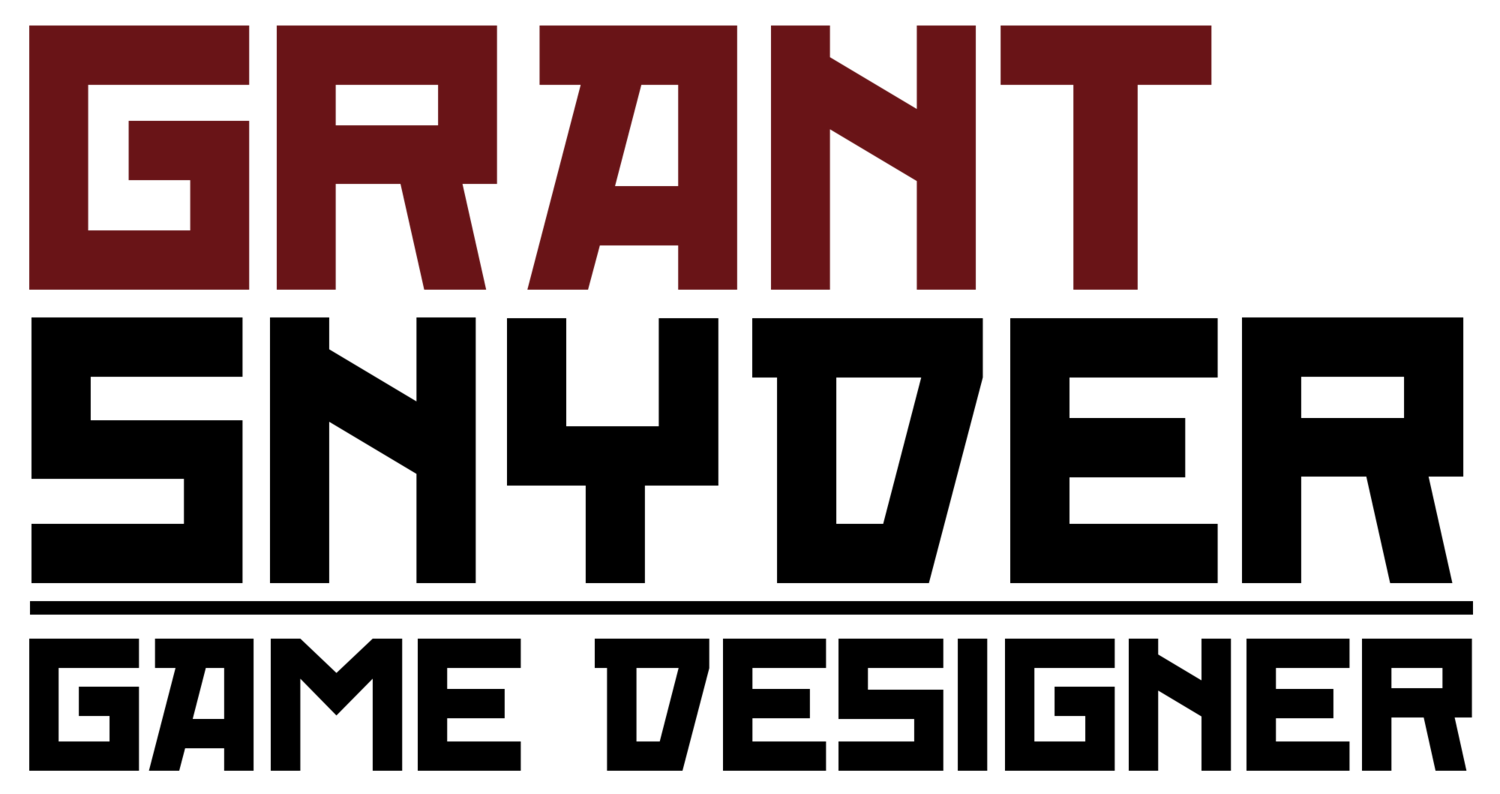
The Metacosmic Earth Race is a first person multiplayer racing game that pits up to four players against one another in an on-foot race through a massive obstacle course in the heat of the New Mexico desert.
Each Player must choose their own path, and make their way through the remains of a crashed alien spaceship, collecting artifacts, avoiding hazards (both natural and unnatural), and jump through gravity-shifting rings to get to the finish line. Whomever finishes the race fastest, AND with the most artifacts, shall be declared the victor! (CCC Senior Student Project)
Role: Level Designer (Lead)
Studio: Student Project
Platform(s): PC
Release Date: 5/2015
Areas of Experience:
Level Design
Version control
Unity Game Engine
Team communication
Areas of Ownership
-

Level Design
As a Level Designer for The Metacosmic Earth Race, it was my responsibility to design & iterate upon several sections of the overall level, as well as any obstacles within each of those sections.
My responsibilities as a lead also included coordinating & collaborating with the gameplay and art teams, executing level design tasks, assigning level design tasks to fellow designers, implementing art assets into the level, scripting obstacles, and updating the design team on a week-by-week basis.
-

Initial Topdown - Overall Map
Before building anything in-engine, we started our level design process on paper. We spent the early days of production mocking up different top-down level designs and worked on those for a full sprint before actually diving into the engine. There paper prototype levels really allowed us to focus and hit the ground running when it came time to begin grayboxing.
Our level design went through multiple iterations after receiving additional feedback from the broader team. Since our game gives players the ability to walk on different walls & surfaces when inside certain structures, the level design itself was rather complex - even in the simplest of rooms.
This style of gameplay made level design a bit tricky, because we had to think about all of the different route options that we were giving players for each surface, how the player would get from one surface to another, while also giving players the freedom to choose their own route through the level.
-

Initial Interior Topdown - Shipwreck Sections
Topdown maps become increasingly difficult to make when the player is able to walk on more than one surface, which resulted in top-down maps that were complicated to create in 2D.
As seen in this example, our solution to this was to create "unfolded" top-downs maps, similar to an unfolded origami. After getting to a place where we felt comfortable in our goals, we moved on to grayboxing.
-

Grayboxing
As we grayboxed our level, we learned a lot more about the space - we took our player controller that we had at the time and ran around in the space to get a feel for it. After testing it out, we gradually began to adjust the space as needed - everything from drastic interior changes, to simple terrain editing.
-

Engineering Deck - Graybox V1
Rather than build the entire level in one go, we focused first on one of the initial big set pieces of our level - the Engineering deck.
This first graybox section was our attempt to get a proof of concept for how the rest of the level would be built, as well as get a better idea of how we wanted our player movement to feel.
We learned a lot from this graybox about what our restrictions were and design notions that we wanted to avoid - such as avoiding sharp turns, as we found it hard for players to follow, and broke the pace that we were trying to maintain for our gameplay.
-

Iteration
In this second graybox of the same section of the level, we began implementing early art assets, as well as a bit more functionality to the level through early hazard implementation. We also added checkered flooring as a temporary solution to help us get a better feel for how fast the player was moving at any given time.
-

Engineering Deck - Graybox V2
Once we got our graybox finalized, we began receiving more finalized art assets from the environment art team. This is where the design iterations took place. It was also probably one of the more frustrating times during development.
Throughout development, the level design had to shift and change a number of times, due to any number of factors - whether it was to better fit the aesthetic, or minor changes to the player movement speed - we quickly found that every seemed to have a domino effect. While these changes created a lot of additional work, we decided that they were definitely necessary in making the final iteration feel good.
-

Preparation for GDC
While the game was not quite finished at this stage, this project had already come a long way from its beginnings. It was at around this time in development, that we were given the opportunity, to showcase The Metacosmic Earth Race on the Expo floor at the 2015 Game Developer's Conference.
We received lots of great feedback that we then took into consideration for the last few months of development that we had left.
-

Polish, Playtest, & Present
For the last few weeks of the semester we focused entirely on how we could continue to improve the game and the player experience solely by adjusting what was already in the game.
This phase of the project was no easy task. The levels were final - however, small adjustments were made to tweak and balance the feel of the game. After weeks of polishing, and playtesting, it finally came time to break open the floodgates and show the game to the broader community.
We showcased the final project at Manifest 2015, a college-wide and public showcase of all senior projects, as well as at Industry Night, a professional networking event where students could meet working professionals in the Chicago area and showcase their senior project.
These showcases were great ways to hear from both professionals and the community alike on what they thought about the game - it was also great to take a step back and appreciate all of the hard work that went into building this game.

